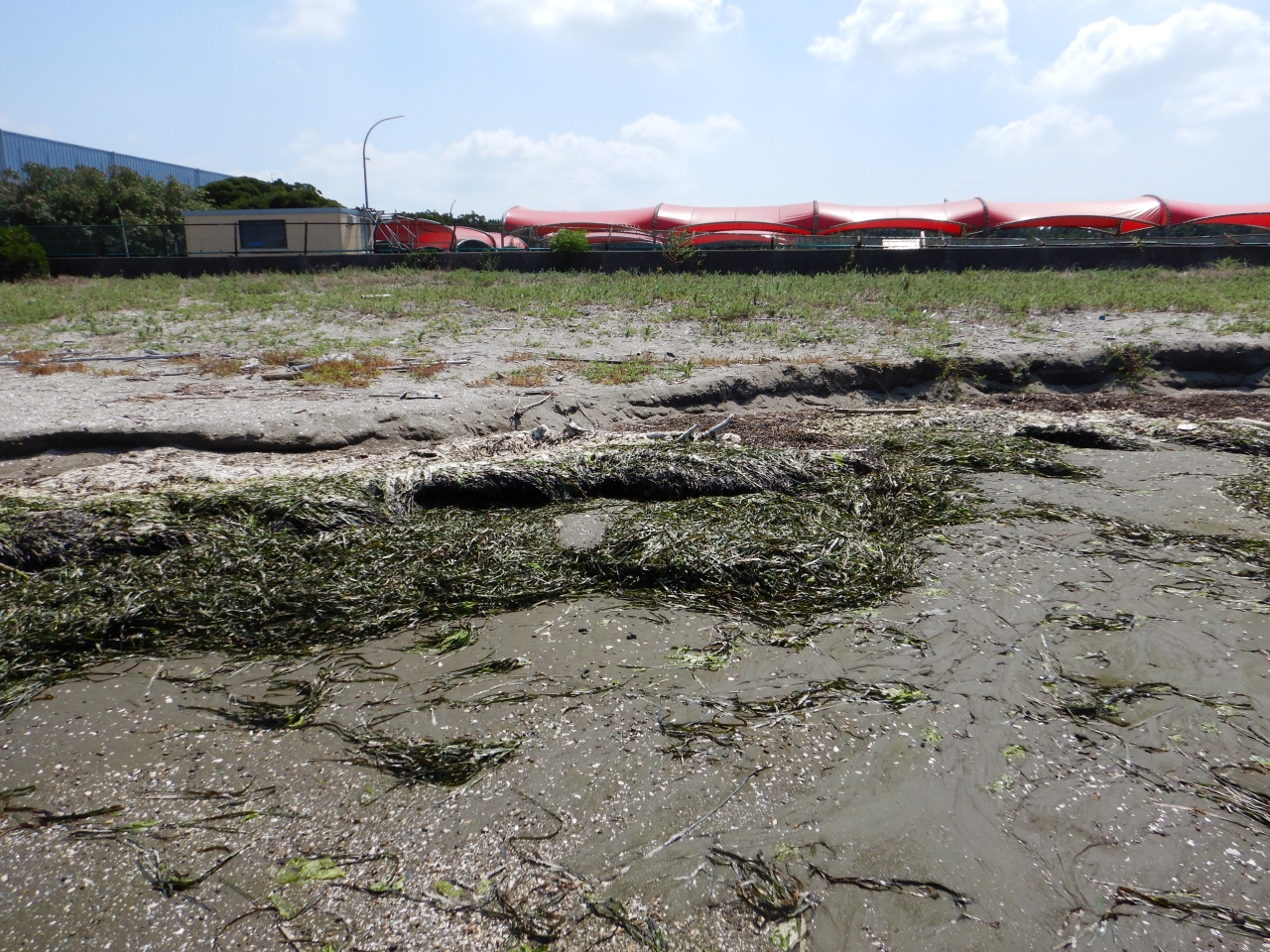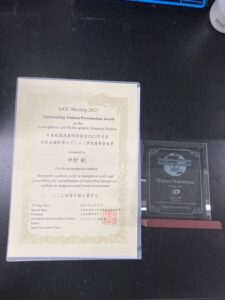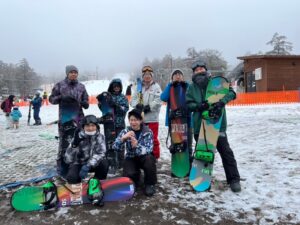UAV-based seagrass wrack orthophotos classification for estimating blue carbon
Research Overview
When seagrass such as eelgrass flows out of seaweed beds, some of it is washed up and deposited on nearby beaches. This is called seagrass wrack. If it is utilized as a resource or managed well, it can be expected to contribute to blue carbon (carbon sequestered and stored by the marine ecosystem). Monitoring the annual occurrence of seagrass rack is the first step toward such management. In this study, we investigated a method to automatically classify seagrass rack from orthorectified images taken by an unmanned aerial vehicle (drone) along the Futtsu Coast of Tokyo Bay. By using a low-pass filter for preprocessing and ISODATA as the classification method, we achieved a higher classification accuracy than other conventional methods. Combined with in-situ measurements, the carbon content of seagrass rack was estimated to be equivalent to approximately 2 % of the net primary production of seagrass beds.


Deposited removed seagrass (seagrass wrack) on the Futtsu beach in Tokyo Bay.
Publication
Chen, J., Sasaki, J., Guo, Z. and Endo, M. UAV-based seagrass wrack orthophotos classification for estimating blue carbon. Estuarine, Coastal and Shelf Science, 293, 108476, 2023. DOI Free access link until October 27, 2023


